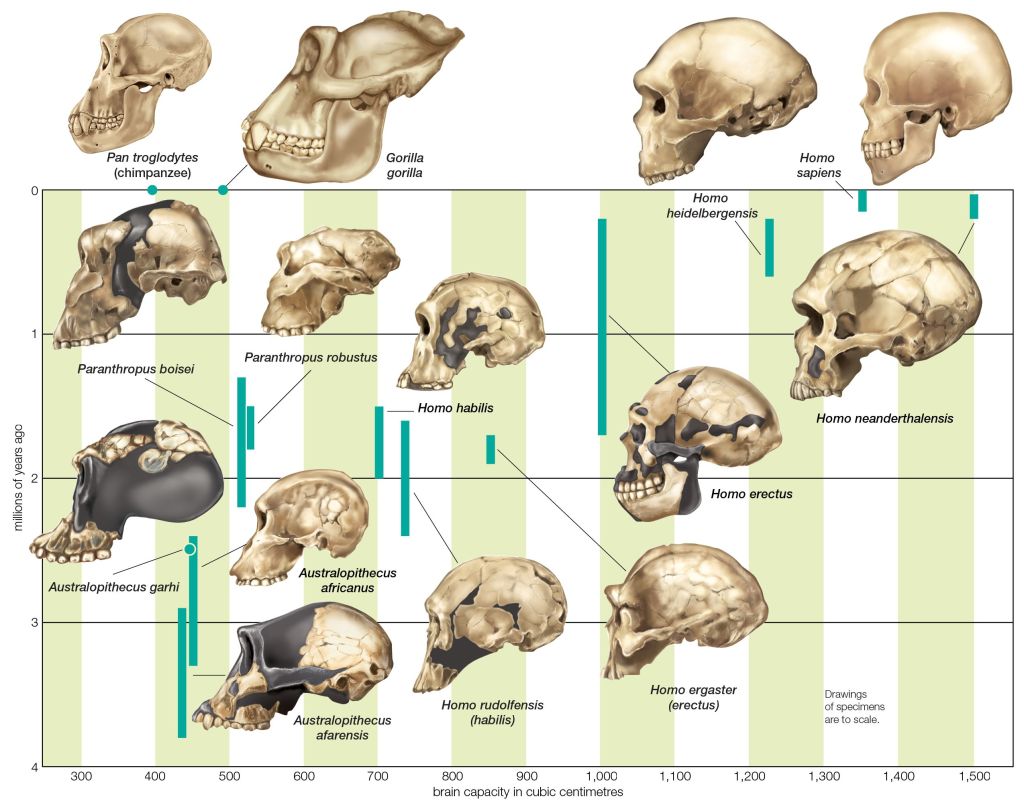[ad_1]
Darwin is having a moment and the coronavirus pandemic is providing myriad case studies in evolutionary biology. What applies to living organisms, applies equally to human institutions and communities, particularly diverse and unequal institutions and communities like those in the art world.
But first, some background. Evolution is a fact, supported by scientific evidence: new species develop over time, while others go extinct. Darwin’s big idea was not evolution itself, but rather the theory of evolution by natural selection, the mechanism that accounts for the origin of species: genetic variation exists within populations and this variation, subject to adaptive pressures, results in changes in gene frequencies within populations over time—i.e. survival of the fittest. But selective breeding also alters population genetics, and so some change can happen by artificial means—a farmer, for example, can choose to cultivate certain plants an animals, favoring certain specific characteristics. Eugenics is selective breeding controlled by the powerful in service of their individual agendas.
Right now, the art world, like many other communities, is passing through an evolutionary bottleneck and its genetic structure is about to change in unforeseen ways. Which organisms—galleries, that is—will squeeze through to the other side is as yet undetermined, as is what they will look like when this ends. But change will happen.
Let’s begin with the art world’s current movement into virtual space and what that means. Gallery shows, particularly shows at smaller galleries, were already suffering due to diminished foot traffic and the art fair disease to which the young, small, and fiscally handicapped are particularly vulnerable. For those of us to whom the gallery show is our raison d’être, life in the virtual realm is untenable. The internet is—or at least has been—a space in which business and promotion are done. Online viewing rooms, like art fair booths, are merchandise showrooms, car dealerships. But they are no substitute for gallery shows—even if many would seem to disagree, saying, “I saw the show online and it was great.”
Steps have been taken. The cruise ship that is the David Zwirner gallery has lowered lifeboats for a select few with its Platform program. Zwirner’s Platform is a form of selective breeding, and a problematic one. Zwirner’s Platform seems to suggest that some deserve more help in making it through this bottleneck than others. Better is the Jeffrey Deitch–conceived GalleryPlatform.LA, with an inclusive list of 60 participants that puts the megas like Gagosian and Hauser & Wirth alongside smaller operations. On GalleryPlatform.LA, launching tomorrow, there will be no hierarchy—the megas will equal the minors. At least that is what the hope is.

Models like GalleryPlatform.LA alone could be a way to generate evolutionary change of great value. But, as it stands right now, New York—one of America’s biggest art cities—has no similar apparatus. A level, New York–specific platform would be worth a try. NADA will soon launch a sales platform for its members, which will be helpful. But a broader platform—let’s say a merger of the NADA and ADAA art fairs, just in the virtual realm—could be helpful. The art world that emerges from this crisis must be more egalitarian and more oriented around galleries, rather than around fairs and the internet. Ironically, such a digital platform may be one place to begin.
This migration into the digital realm also presents an opportunity to contextualize, and thereby make a better case for, our gallery shows once we can reoccupy our brick and mortar spaces. Too often, too many gallery stables are too alike, too reflective of herd consensus. This displays a dealer’s acuity with regard to trends, but not a dealer’s individual, original thinking. We have become immune to this fact. While it’s the work we present, it’s the mind of our galleries—its essence, its thematic concerns—we need to show.
Since Google Images is a click away, why not display the gallery’s art beside other art downloaded from the web? Going online, galleries can get infinite loans without asking. (Starry Night from MoMA? Here it is.) Use your website to show how you think, what you look at, where your sensibilities come from. It is shocking how similar gallery websites are. Take this moment to reorient how we look at and think about our galleries’ shows and how we post those shows on our websites, so that when we’re back IRL attitudes will be significantly different.
Magda Sawon, cofounder of New York’s Postmaster Gallery, has written an insightful and cautiously optimistic piece for Artnet News that visualizes the demise of art fairs and the localization of gallery clusters and associated collector populations. It is quite possible that Covid-19 will kill the art fair, that art fairs will move entirely into the virtual realm, at least in the short-term. Collector communities will buy the local brands, both out of fear of traveling and out of fear of traveling in packs. That’s not necessarily a bad thing. It could lead to what evolutionary biologists call sympatric speciation, where new species originate within local, geographically isolated populations. If that’s a possibility, we’re lucky to be in New York.
Mitchell Algus runs a gallery in New York’s Lower East Side neighborhood.
[ad_2]
Source link

